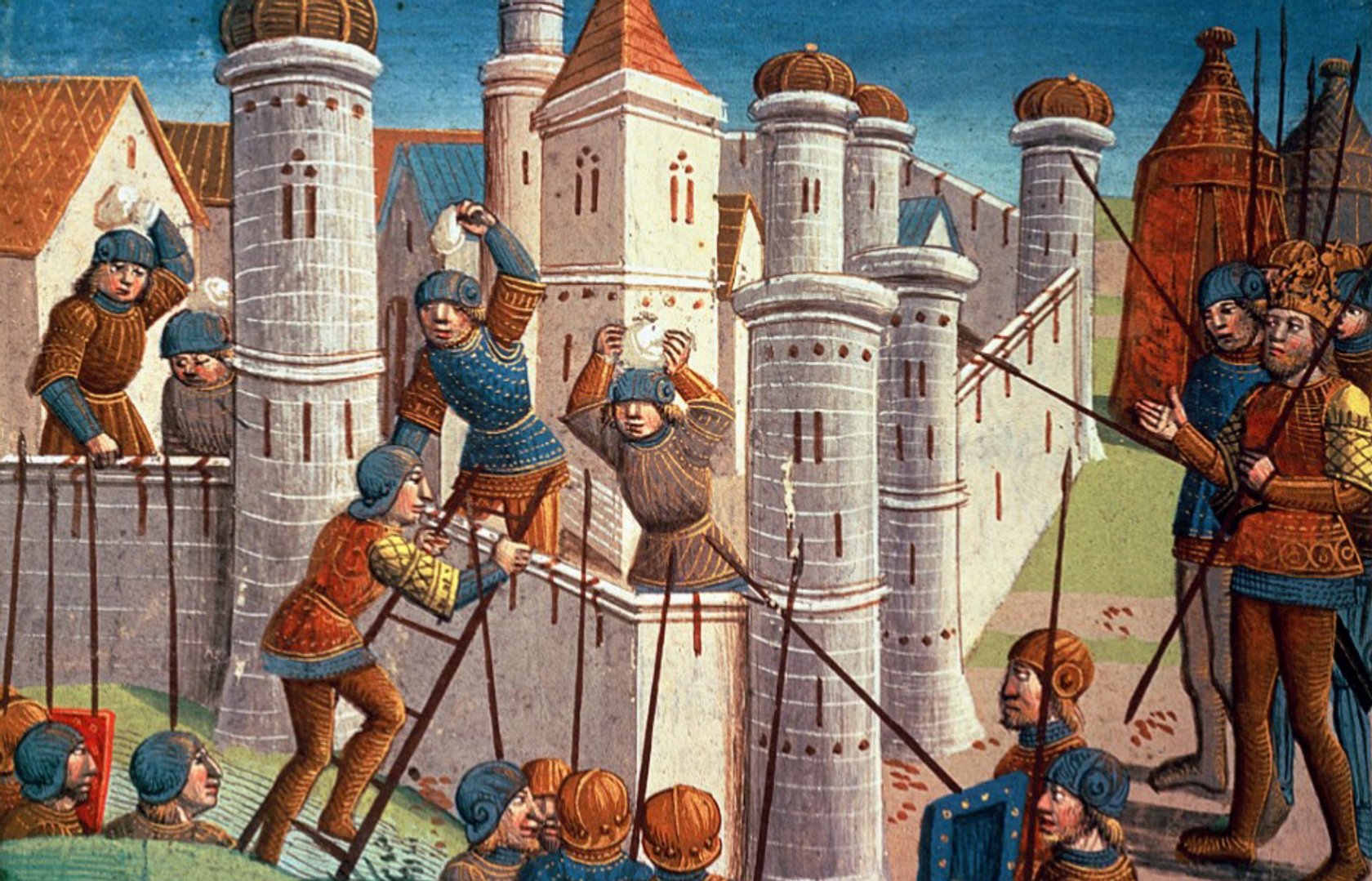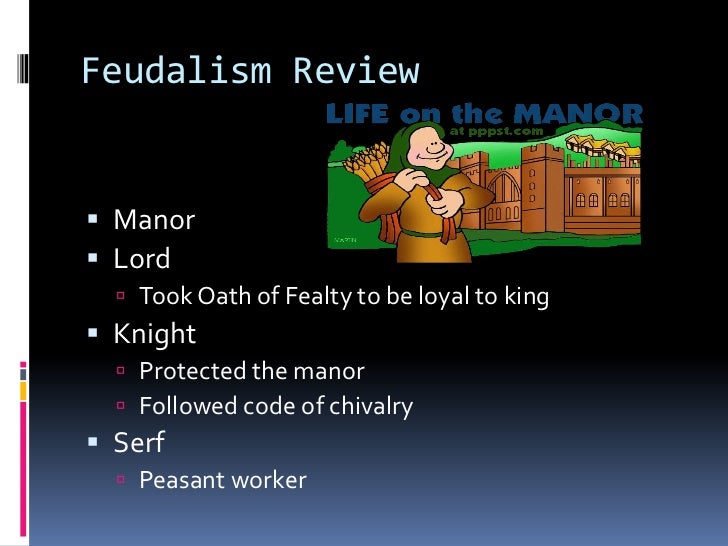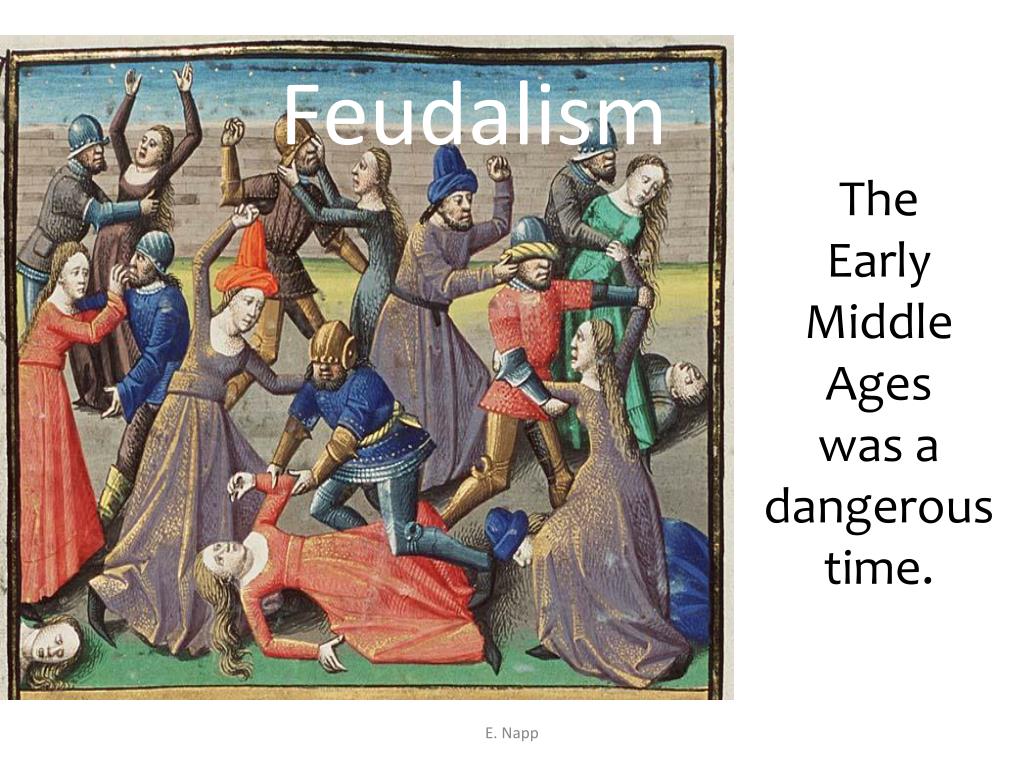
If they caught a strain of bubonic (byoo-BAHN-ik) plague, their lymph glands swelled or if it was pneumonic (nyoo-MAHN-ik) plague, the lungs succumbed first. Victims typically died within four days-a hundred hours of agony. The only merciful thing about the Black Death was its quickness. Quickly it penetrated the entire European continent and beyond, from Palestine to Greenland. Meanwhile, it had reached Paris in January 1348, and within a year, 800 people a day were dying in that city alone. From there it was an easy jump to the Italian mainland, and by the following April all of Italy was infected. The first outbreak in Western Europe occurred in October 1347, in the city of Messina at the northeastern corner of Sicily.

Likewise the opening of trade that had followed the Crusades aided its spread, as Italian merchants unknowingly brought the disease home in their ships. Thanks to the Mongols' conquests, which had made travel between East and West safer and easier than ever before, it quickly made its way to the Black Sea shore, where it erupted in September 1346. Sometimes called simply "the Plague," the Black Death killed between twenty-five and forty-five percent of the European population. Then, in 1347, Europe was hit by one of the worst disasters in human history, an epidemic called the Black Death. First Germany and other northern countries experienced crop failures from 1315 to 1317, and these resulted in widespread starvation and death.


THE END OF FEUDALISM IN THE MIDDLE AGES SERIES
In 1300, Europe had about 100 million people then a series of calamities struck. Among these were the upheaval created by the Black Death and Hundred Years' War, and the decline of the two institutions that had long dominated European life: feudalism and the papacy. Yet there was plenty about this time that was truly medieval, and whereas some events pointed to the future, other occurrences signaled the end of an era. T he period known as the Late Middle Ages (1300–1500) can also be considered the beginning of the Renaissance, which had its roots in the changes that began to gather speed during those two centuries.


 0 kommentar(er)
0 kommentar(er)
